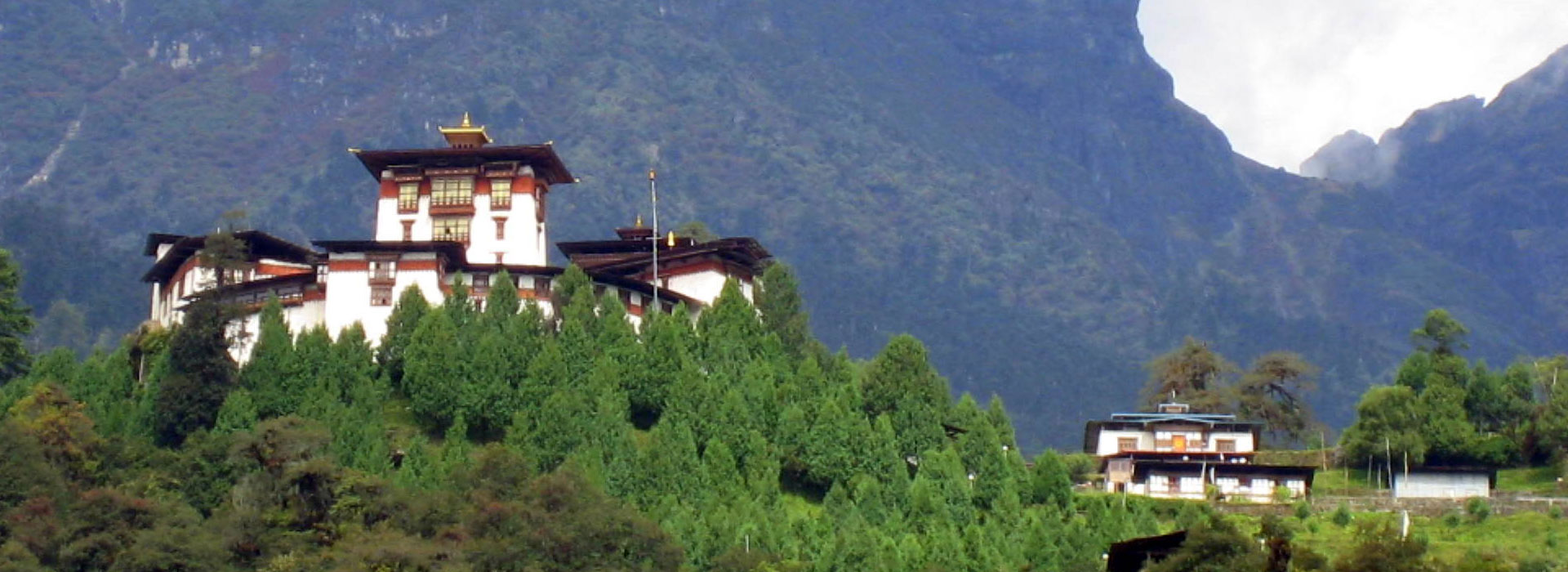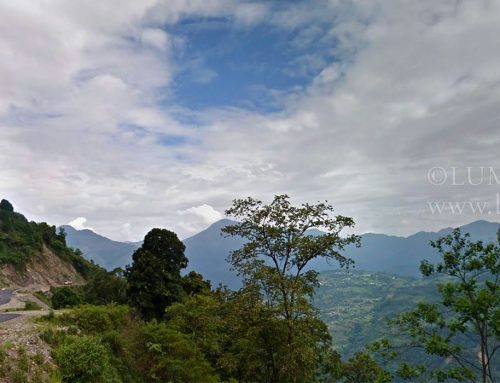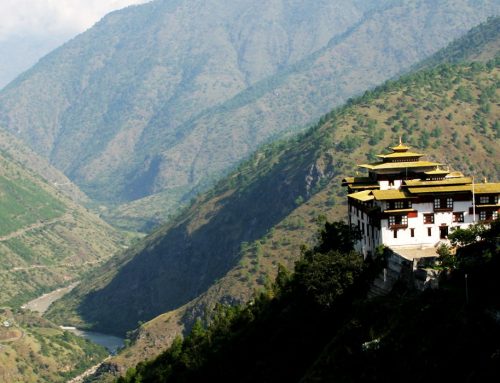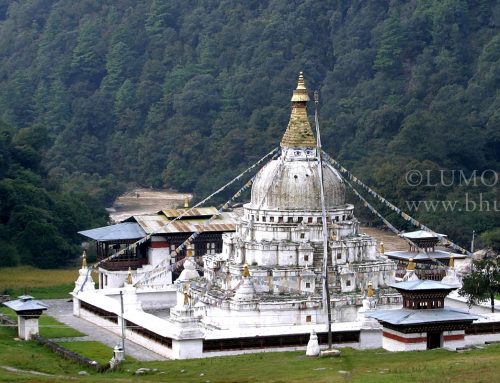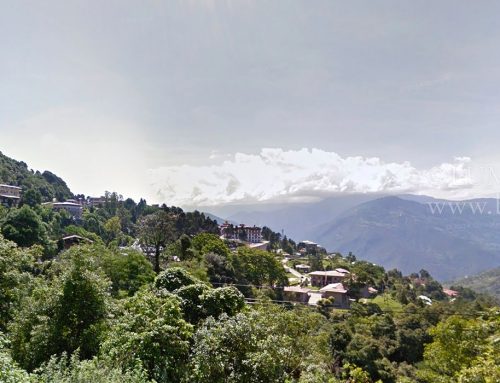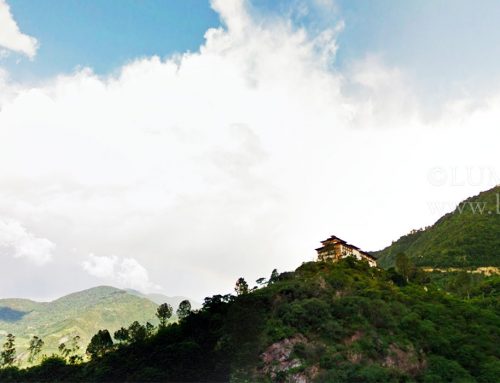Located in the extreme northwest, Gasa is the true Abode of the Himalayas. Its divine glaciers and sky-piercing peaks share northern frontiers with Tibet. The region experiences long harsh winters and short beautiful summers. Bhutan’s two major rivers, the Phochhu and the Mochhu, originate from the glaciers of Gasa.
The major cultural hallmark is the beautiful Gasa Trashi Thongmoen Dzong, built in 1648 and named after the region’s protecting deity Trashi Thongmoen. The Dzong is circular in shape and has three watch towers at strategic points.
Gasa is famous for its natural hot springs which are known for their medicinal prowess. The soaking ponds attract huge number of visitors, both locals and tourists, each year. The region has a great floral and faunal diversity including the country’s national animal — Takin — and the national flower — Blue Poppy. Others animals found include Snow Leopard, Red Panda, Blue Sheep and Mountain Goats.
The country’s most formidable trekking route, the Snowman Trail, runs through Gasa. People rear yaks, but their major source of income is the highly valued medicinal animal-plant cordyceps sinensis. Their annual festivals include the Auwlay, celebrated in the fall, and Bongko, celebrated in the spring.
Places of Interest: Gasa Trashi Thongmoen Dzong, Hot springs, Throe Lhakhang, Dung Goemba, Drophel Choling, Sebji Goemba, Yonzho Lhakhang, Jangchuk Choling, Bumpa Lhakhang, Tshodzong Lhakhang, Dzongridra Lhakhang, the ruins of Tenzin Drugyal Nagtshang.


